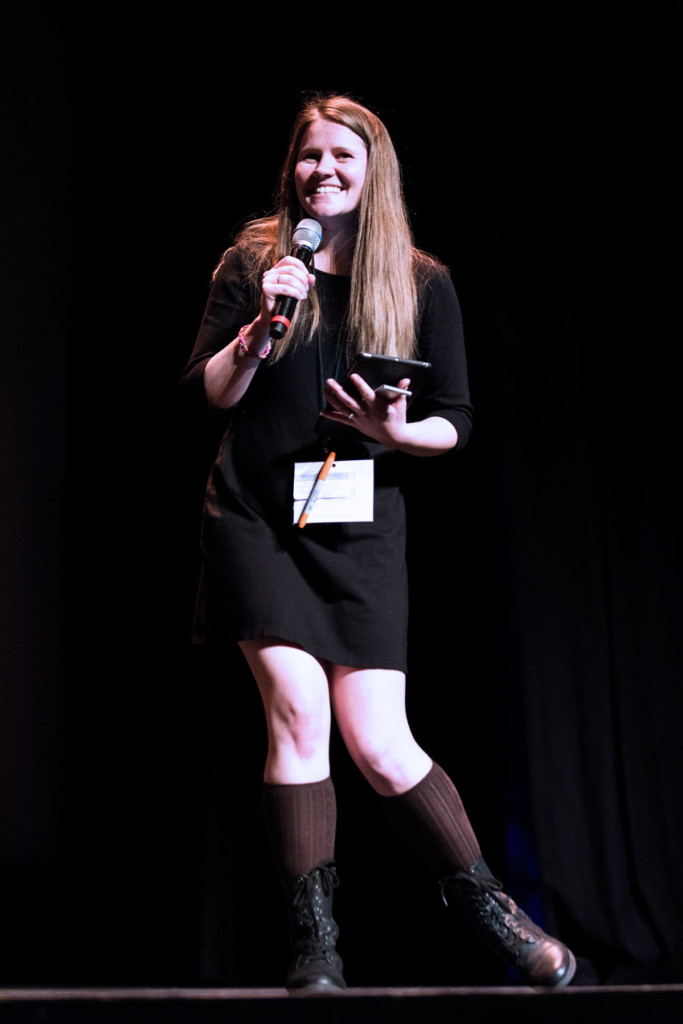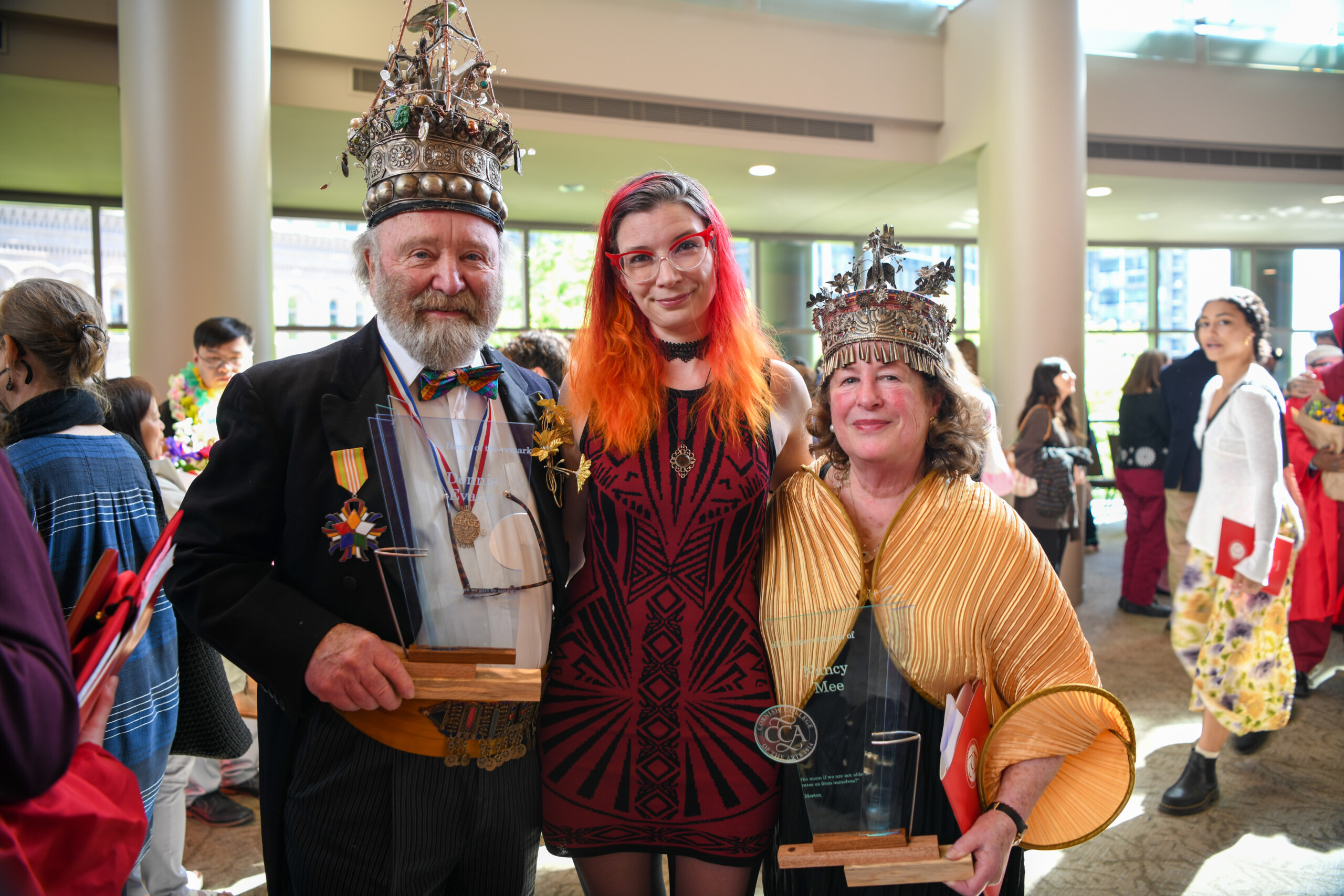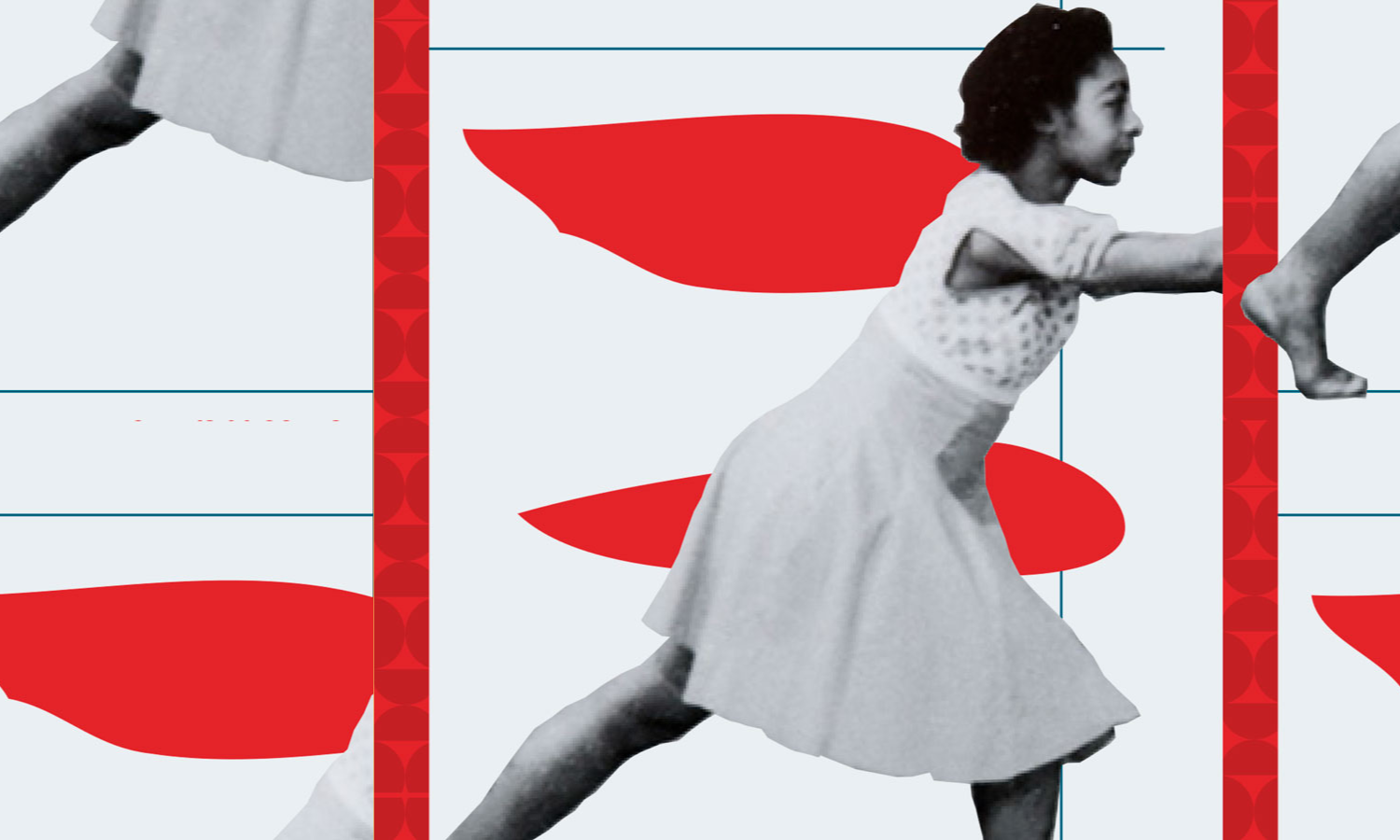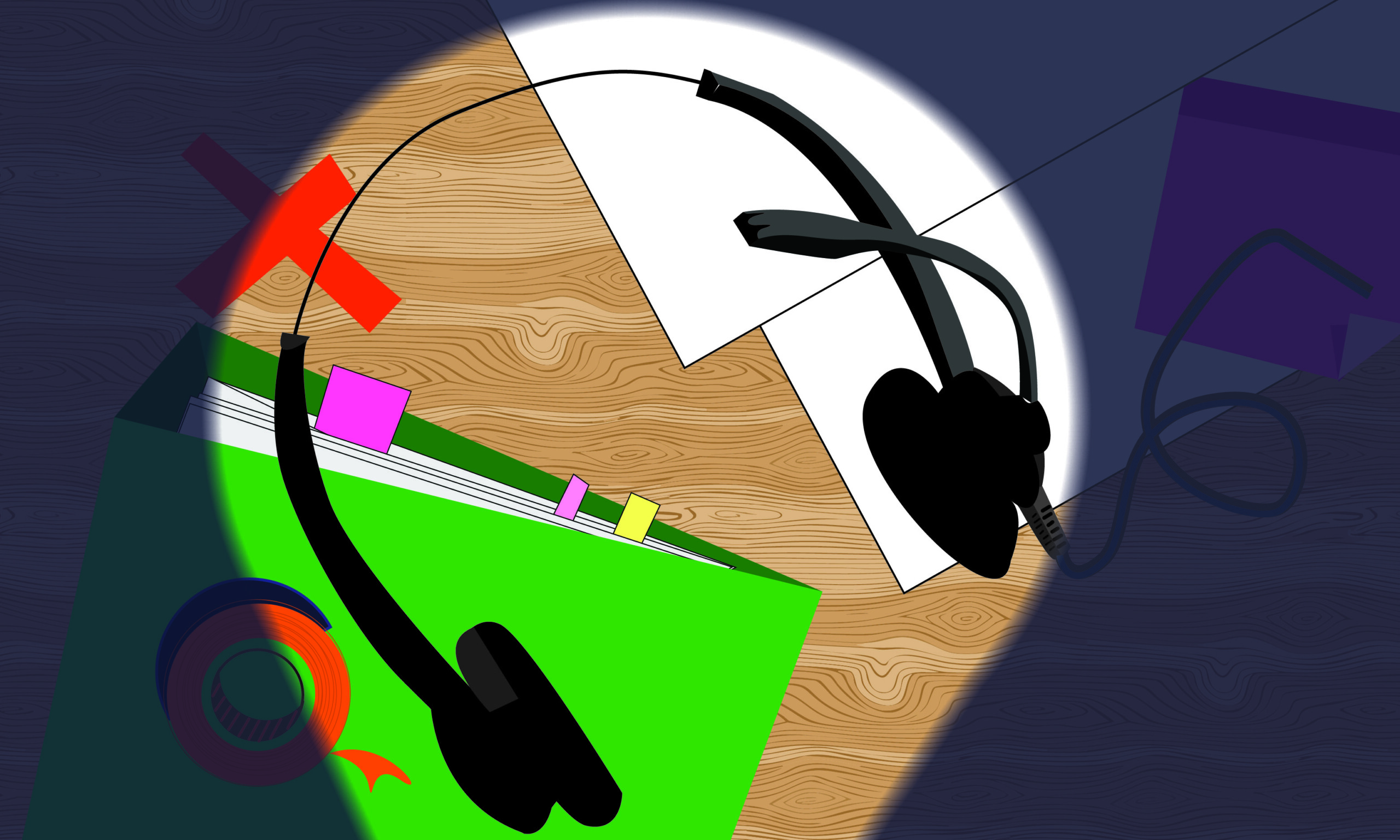What Dance Film Festivals Are Up To and Why Artists Should Care
Cornish Dance Alum writes about screendance and dance film festivals in anticipation of the Inaugural Cornish Screendance Festival, which will feature Cornish alumni, students, faculty, and staff. The festival is expected to stream on Vimeo on March 19, 2021. Kathleen’s experience as festival director of the Utah Dance Film Festival, combined with her in photography, education, and choreography, is a great example of alums using their interdisciplinary art school experience at Cornish as they develop their career and find creative jobs in the arts.
By Kathleen Bruce (Dance, ‘08)
Cornish Dance Alum Writes About Screendance
You’re already making and watching dance films. There is little to stop you—you have fantastic technologies in your pocket for both creating and consuming movement for the lens.
Should you participate in a dance film festival? If you want more people to learn about your work, and to acquire new skills, the answer is yes. Dance film festivals are moving in rad directions, and you can find a festival which is a good fit for you, and your projects.
To start, consider attending a film festival. Festival events translate really well online, and are still an opportunity to meet other filmmakers, and learn—not just hear, but really learn—how to do new things.
Utah Dance Film Festival hosts a series of free workshops at their annual festival in Orem, Utah with topics like “Editing as a Choreographic Tool,” “The Exploration Process to Find Iterations of Projects,” “Location Scouting for Dance Film and Dance Film Pre-Production.” UDFF also hosts a gear gallery—this is a space where local cinema rental houses donate lights, cameras, gimbals, and lenses for the day, and festival participants get to interact and ask questions about the tools, and also build a connection to the business where the gear can be rented. UDFF even hosts cinema robots!
Events like Utah Dance Film Festival present a good incentive to bounce over imposter-syndrome fears, and to find information which make actions like renting film gear, learning an editing program from the beginning, or building a shot list tangibly achievable. You don’t have to create a film to be a participant, and you can access UDFF’s workshops and offerings online in May 2021.
Visual and performing artists all have reasons to become more fluent in film, lighting, sound, and production design. And everyone has a hierarchy of aptitudes to become specialists. A goal should be to bring those who don’t know about dance film into the form. This year, among the films submitted to UDFF, the directors have been hearing sound design of astounding quality. Comparatively to blockbusters, these dance films have top-quality original compositions. Find a friend in the music department, get them stoked on dance films, create a project with them, and keep bringing people in. The costume and production designs in submissions this year have added immeasurable success to projects. Discover someone with a passion for visual design, build a team, and create a world from your imaginations. Copy and paste those ideas all over the school. (Literally, if you like! Go site-specific.)
The San Francisco Dance Film Festival Co-Laboratory program brings together filmmakers and dancers, and funds the creation of a new film project. Experience in making dance film is not a prerequisite, and the goal is to expose artists to fields outside of their main medium. Dance film is a pretty safe place to explore. a welcome place for everyone. Even people who are steeped in the field are learning as they go. You can make things and talk about things without being an expert on the things. That culture exists in contrast to the conventions of professional filmmaking. It’s what makes dance film evolve so quickly: everyone can try it. Everyone is trying it. We are learning it and making it simultaneously. And using it to connect to new people.
 Movement fluency is required to achieve visual literacy in film. Master cinematographers have to be experts in motion: of cameras, of light, of bodies, of landscapes. How we perceive, detect, determine what to watch is a body-based practice: what we choose to watch has to be physically watchable, what we hear needs to be in a specific range of frequencies, and this is true across the presentations of film, movies, cinema, and video. Film is scientific, and very technical. If, as an artist, you feel like you don’t have the permission or the skills required to work in film, please remember: no matter your medium, you are a body expert. You study movement. You study light. Creating a film will be a new use for your training. It will disorient and confuse you. There will be a steep learning curve for unfamiliar vocabulary and equipment. And yet, you are absolutely capable, and better prepared than you may realize, especially to collaborate with someone who is fluent in filmmaking, and interested in learning a new medium.
Movement fluency is required to achieve visual literacy in film. Master cinematographers have to be experts in motion: of cameras, of light, of bodies, of landscapes. How we perceive, detect, determine what to watch is a body-based practice: what we choose to watch has to be physically watchable, what we hear needs to be in a specific range of frequencies, and this is true across the presentations of film, movies, cinema, and video. Film is scientific, and very technical. If, as an artist, you feel like you don’t have the permission or the skills required to work in film, please remember: no matter your medium, you are a body expert. You study movement. You study light. Creating a film will be a new use for your training. It will disorient and confuse you. There will be a steep learning curve for unfamiliar vocabulary and equipment. And yet, you are absolutely capable, and better prepared than you may realize, especially to collaborate with someone who is fluent in filmmaking, and interested in learning a new medium.
The reason we should care about dance film is also technical: movement will evolve into complex coded computer languages in our lifetimes, and in order to ensure those languages are equitable to all bodies, we need wildly diverse stories to be told using all bodies, for many kinds of cameras and media. All other reasons to make dance film will ultimately point to this huge reason. The virtual world of the future will function better for some people than others if artists don’t contribute their gifts, and push toward learning new technologies. If you can’t find a dance film festival which is shaping the future you imagine, you can start one. The best tool to use is FilmFreeway, which allows you to collect films, curate screenings and develop events, from a call to action to selling tickets.
Movement is already coded—it was choreographed for us. When you play a video game, you have been choreographed by a code. When you type or text, you’re executing a kind of choreography—practiced movement to execute commands—to communicate, you’re relying on a system built on coding. Computers tell you when to cross the street, and how quickly you must move. Someone wrote the code for crosswalks. The source of that code came from the mind of a person: they typed it, they tested it. Someone else is probably out there in the world, adapting it to their requirements. It is code written for bodies.
You should participate in dance films, and support dance film festivals, if you want the source code for future communication, learning, governing, and creating to be written by bodies.
Katie Bruce is a dance educator, choreographer, photographer, and cactus nerd from Northern California. She earned her BFA in Dance with an emphasis in teaching from Cornish College of the Arts in 2008. While in school, she evolved her photo skills into creating dance films and continued those studies at UC Irvine’s MFA program. Katie relocated to Utah in 2012 where she teaches dance and freelances in the film community. She has been the festival director for Utah Dance Film Festival for five years. Katie’s passions are speaking film to dancers, teaching filmmakers about bodies, and the choreography of building a global network for artists to meet, collaborate, and tell stories.
Top image: The Utah Dance Film Festival provided by the author.



